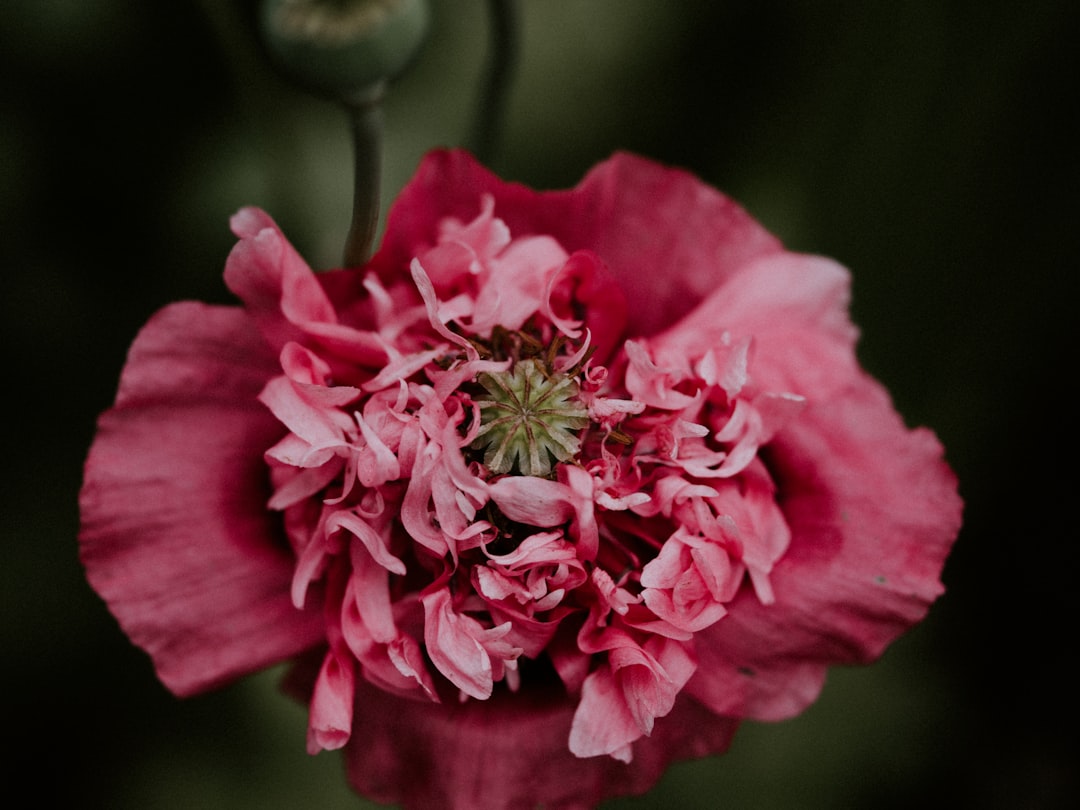The Secret of Indoor Vegetable Cultivation

Indoor vegetable gardening is a rewarding and practical endeavor, especially for those living in urban areas or looking to enjoy fresh produce during the winter months. It allows you to have control over the growing environment, ensuring a healthy and bountiful harvest. In this guide, we'll explore the essential steps to start growing vegetables indoors.
Choose the Right Vegetables
Not all vegetables are suitable for indoor growing. Some vegetables that thrive indoors include lettuce, spinach, kale, tomatoes, peppers, and herbs like basil, parsley, and mint. These vegetables have relatively short growing seasons and can tolerate the limited space and light conditions indoors. When selecting seeds or seedlings, look for varieties that are specifically bred for indoor cultivation.
Select the Ideal Location
Find a spot in your home that receives plenty of sunlight. South-facing windows are usually the best choice as they get the most sunlight throughout the day. If you don't have a sunny window, you can use artificial grow lights. LED grow lights are energy - efficient and can provide the right spectrum of light for plant growth. Place the lights about 6 - 12 inches above the plants and keep them on for 12 - 16 hours a day.
Prepare the Containers
You can use a variety of containers for indoor vegetable gardening, such as plastic pots, ceramic planters, or even recycled containers like milk cartons or yogurt cups. Make sure the containers have drainage holes at the bottom to prevent waterlogging. Fill the containers with a high - quality potting mix. A good potting mix should be lightweight, well - drained, and rich in organic matter. You can also add some slow - release fertilizer to the potting mix to provide nutrients for the plants.
Planting the Seeds or Seedlings
If you're starting from seeds, follow the instructions on the seed packet for the correct planting depth and spacing. Generally, small seeds should be sown shallowly, while larger seeds can be planted a bit deeper. After sowing the seeds, gently cover them with a thin layer of potting mix and water them thoroughly. If you're using seedlings, carefully transplant them into the containers, making sure to keep the roots intact. Water the seedlings after transplanting to help them settle in.
Watering and Fertilizing
Watering is crucial for indoor vegetable plants. Check the soil moisture regularly by sticking your finger about an inch into the soil. If it feels dry, it's time to water. Water the plants until the water drains out of the bottom of the container. Avoid over - watering, as this can lead to root rot. Fertilize the plants regularly with a balanced liquid fertilizer. Follow the instructions on the fertilizer package for the correct dosage and frequency. As the plants grow, you may need to increase the amount of fertilizer.
Pruning and Training
Some vegetables, like tomatoes and peppers, may need pruning and training to grow properly. Prune off any dead or yellowing leaves to improve air circulation and prevent diseases. You can also train the plants to grow in a certain direction by using stakes or trellises. This will help the plants to get more light and space, resulting in better growth and higher yields.
Pest and Disease Control
Indoor vegetable plants can still be affected by pests and diseases. Common pests include aphids, whiteflies, and spider mites. You can use natural pest control methods, such as spraying the plants with a mixture of water and dish soap or using neem oil. Keep an eye out for any signs of diseases, such as mold or mildew. If you notice any problems, isolate the affected plants immediately to prevent the spread of the disease.
Harvesting
One of the most exciting parts of indoor vegetable gardening is harvesting your own produce. Different vegetables have different harvesting times. For example, lettuce and spinach can be harvested as soon as the leaves are large enough to eat. Tomatoes and peppers should be left on the plant until they are fully ripe. Use a sharp pair of scissors or pruning shears to harvest the vegetables. Enjoy the fresh, home - grown produce in your salads, soups, or other dishes.
In conclusion, indoor vegetable gardening is a fun and accessible way to grow your own food. By following these steps, you can create a thriving indoor garden and enjoy the benefits of fresh, healthy vegetables all year round. Whether you're a beginner or an experienced gardener, indoor vegetable gardening offers a great opportunity to connect with nature and have a sustainable source of food right in your own home.